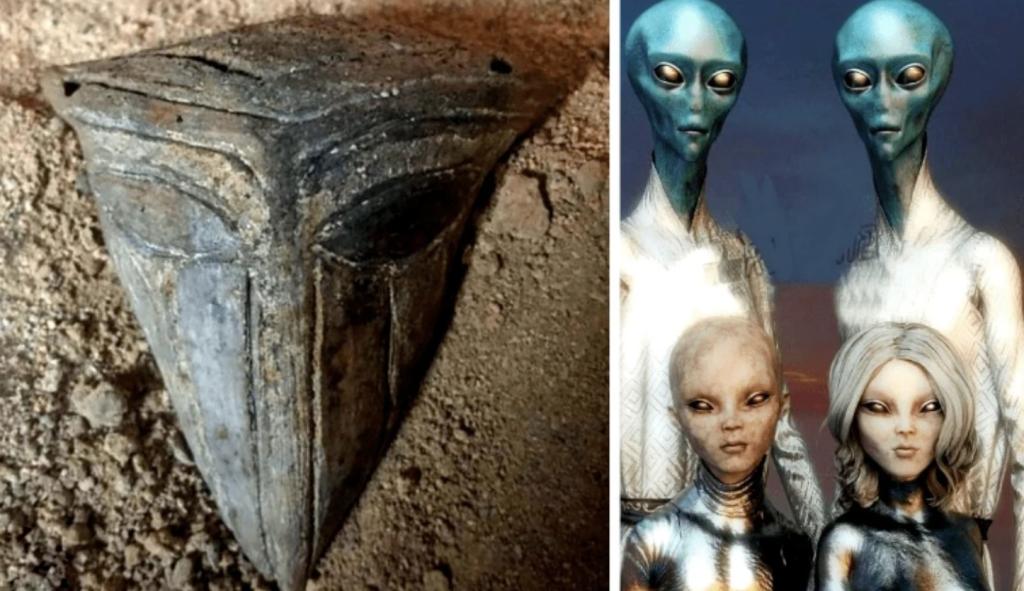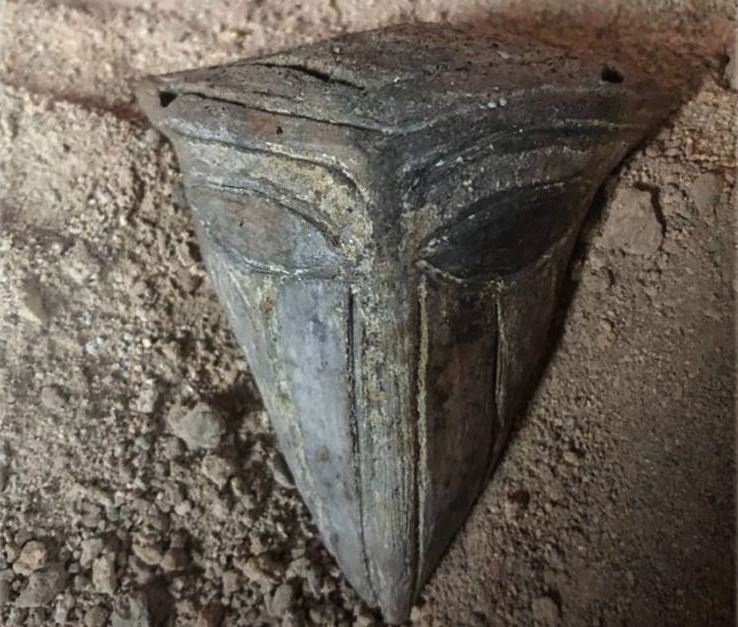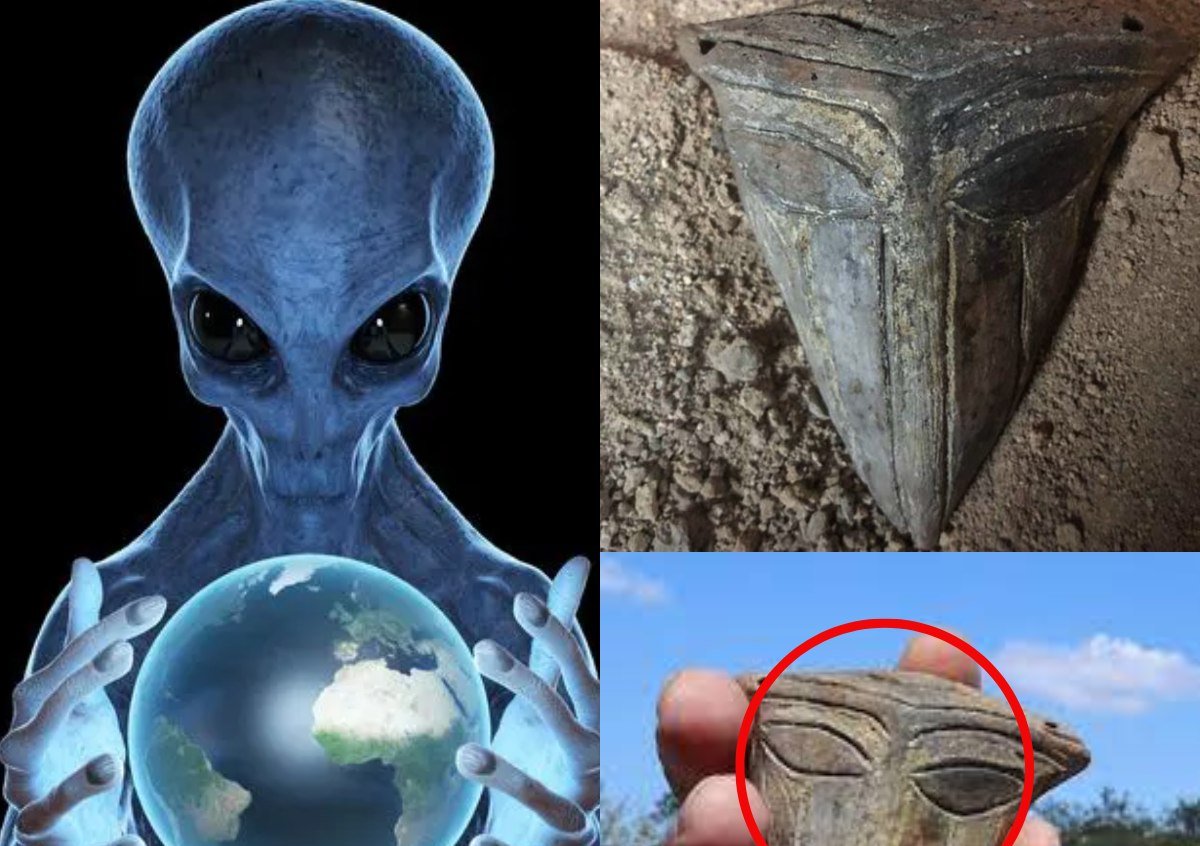Archaeologists have made a fascinating discovery at an ancient site in Bulgaria: a 6,000-year-old mouthless mask from the Neolithic era. This intriguing find has captivated the scientific community and the public alike, sparking speculation about its origin and purpose.

The mask, unearthed at a Neolithic settlement in the Thracian Valley, is crafted from clay and features a distinctly alien appearance. Its most striking characteristic is the absence of a mouth, along with large, almond-shaped eyes and a smooth, elongated face. The design is unlike any other artifact from the period, leading some to speculate about its symbolic or ritualistic significance.
The site where the mask was found has been the focus of archaeological interest for years, known for its rich array of Neolithic artifacts. However, this discovery stands out due to its unique features and the questions it raises about the people who created it. The mask’s peculiar design, especially its mouthless visage, suggests it may have been used in rituals or ceremonies, possibly to represent deities, spirits, or otherworldly beings.

Researchers are carefully analyzing the mask to determine its composition and to glean any clues about the techniques used to create it. Preliminary examinations suggest that it was made from locally sourced clay and fired at a relatively low temperature, typical of Neolithic pottery practices. However, its craftsmanship indicates a high level of skill and artistic expression.
The context in which the mask was found is equally intriguing. It was discovered in a layer of the settlement that dates back approximately 6,000 years, a time when early agricultural communities were flourishing in the region. This period saw significant developments in social organization, technology, and cultural practices, and the mask may provide valuable insights into the symbolic and religious life of these early societies.
